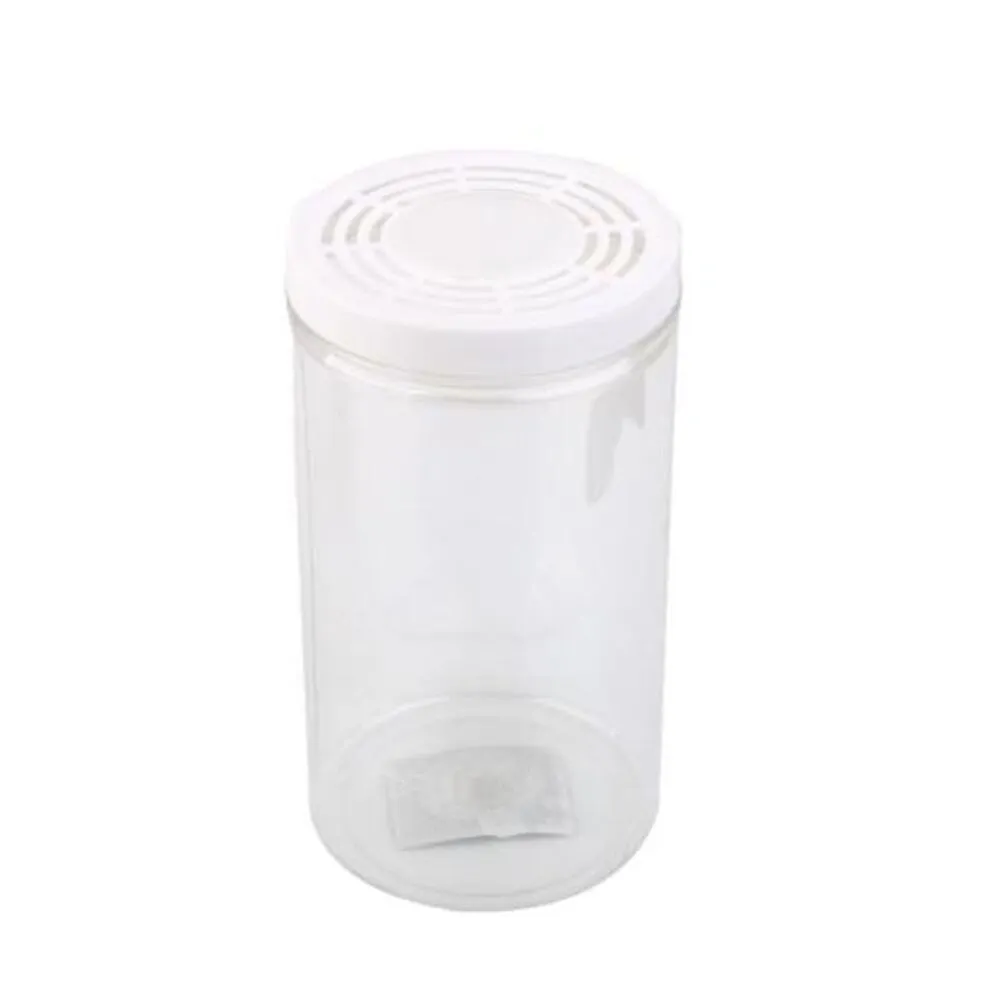Owning a tarantula can be an incredibly rewarding experience, but it also comes with significant responsibilities. One of the most critical aspects of tarantula care is ensuring their enclosure is secure, and the tarantula tank lid plays a vital role in this. A well-chosen and properly maintained lid not only prevents escapes but also helps maintain the correct environmental conditions necessary for your tarantula’s health and well-being. This guide provides the top 5 tips for selecting and maintaining a tarantula tank lid, ensuring a safe and thriving environment for your arachnid companion.
Top 5 Tarantula Tank Lid Tips
The following tips will help you choose the best lid for your tarantula’s enclosure, making sure that your pet is safe and secure. Remember to always prioritize your tarantula’s safety and well-being when selecting and maintaining its enclosure.
Tip 1 Secure Your Tarantula
The primary function of a tarantula tank lid is to keep your pet safely inside its enclosure. Tarantulas are surprisingly adept at escaping, and a secure lid is the first line of defense against potential escapes. A tarantula on the loose in your home poses risks to both the tarantula and your household. Escaped tarantulas may get injured or die, and other pets or family members may be harmed. Ensuring that the lid fits snugly and is securely fastened is paramount to responsible tarantula ownership.
Why a Secure Lid is Crucial
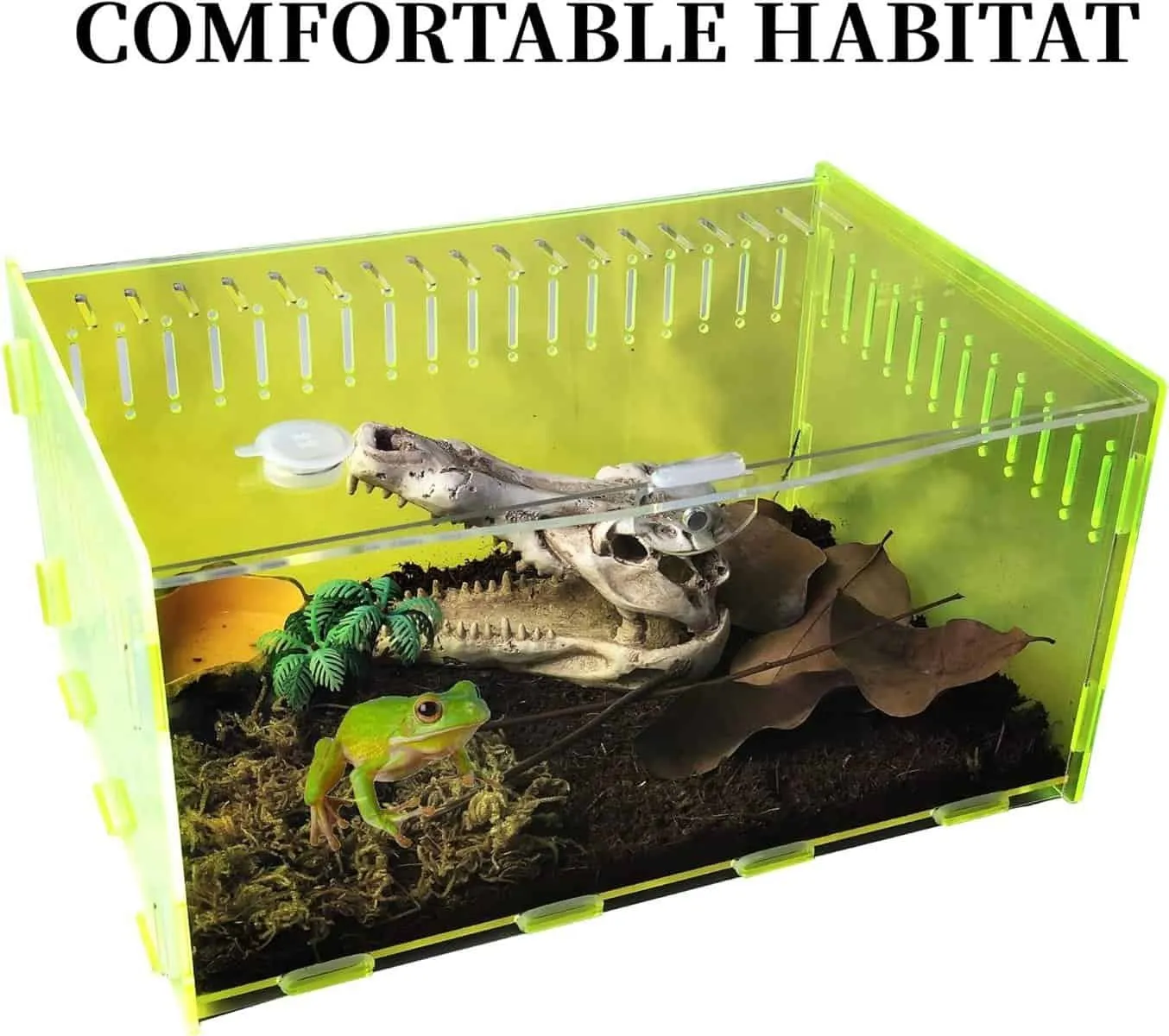
A secure lid is not just about preventing escapes; it also creates a stable and predictable environment inside the enclosure. This stability is critical for the tarantula’s health and well-being. A secure lid helps to regulate humidity and temperature, which are essential for the tarantula’s molting process and overall health. Moreover, it provides a sense of security for the tarantula, reducing stress and promoting natural behaviors. An unsecured lid can lead to a dangerous situation, and proper lid security ensures a safe environment for the tarantula and the owner.
Common Escape Attempts by Tarantulas
Tarantulas are opportunistic escape artists. They can exploit any weakness in their enclosure. Common escape attempts involve pushing lids open, squeezing through small gaps, or exploiting poorly fitted closures. They can lift lids, especially those that are not weighted down or secured properly. Understanding these potential escape strategies is key to selecting the right lid and ensuring it is installed and maintained correctly. Regular inspection of the lid and enclosure is vital to identify any vulnerabilities that could lead to an escape.
Tip 2 Material Matters for Your Lid
The material of your tarantula tank lid significantly impacts its functionality and safety. The best material choice depends on your specific needs, the size of the enclosure, and the tarantula species you are keeping. Several materials are commonly used, each with its own set of advantages and disadvantages. Choosing the appropriate material ensures the lid will be both durable and safe for your tarantula.
Acrylic vs Glass Lids: Which is Best?
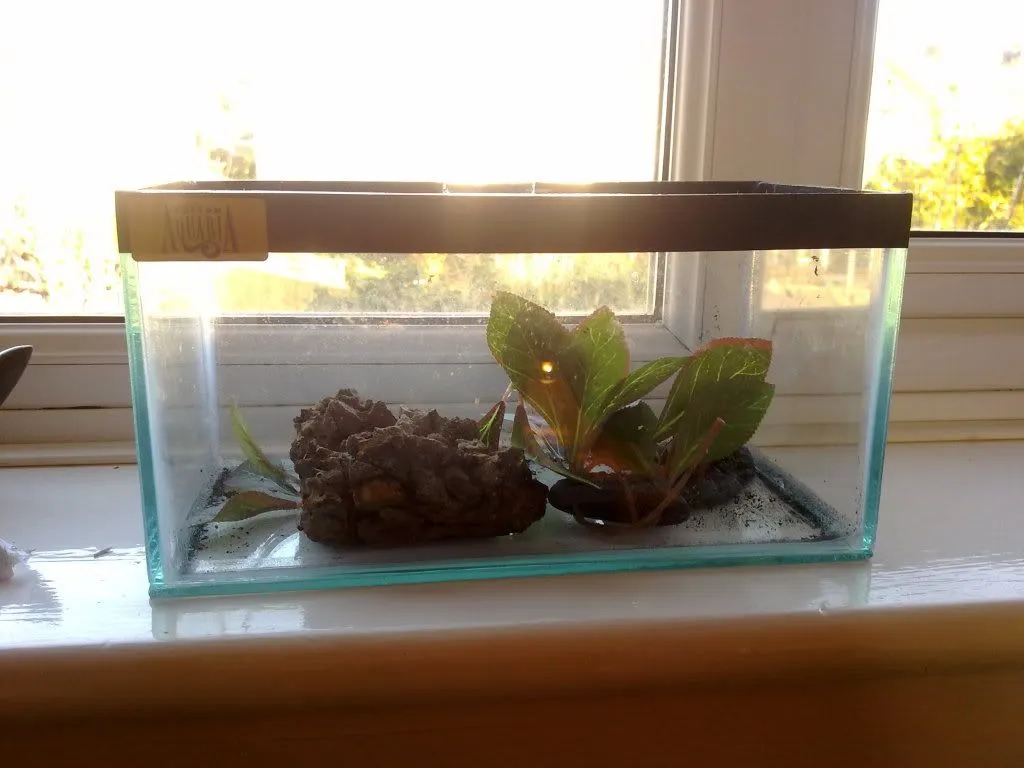
Acrylic and glass are popular choices for tarantula tank lids, each with its unique properties. Acrylic lids are lightweight, durable, and offer excellent visibility. They are less prone to shattering than glass, which makes them a safer option. However, they can scratch easily and may cloud over time with repeated cleaning. Glass lids are highly durable, scratch-resistant, and offer superior clarity. They provide excellent visibility into the enclosure. However, they are heavier and can be more prone to cracking or breaking if dropped or improperly handled. Choose between these two materials based on your individual needs, but focus on the safety of the tarantula. Acrylic is often the better choice.
Pros and Cons of Mesh Lids
Mesh lids provide excellent ventilation, which is crucial for tarantula health. They allow for optimal airflow, which helps to prevent mold and maintain a healthy humidity level. However, mesh lids can pose challenges. The gaps in the mesh can be a potential escape route for smaller tarantula species or spiderlings. Mesh lids can also be less effective at maintaining humidity, requiring more frequent misting. Always make sure to select mesh material that is safe for tarantulas and has appropriate holes to allow air circulation.
Tip 3 Ventilation is Key
Proper ventilation is essential for the health of your tarantula. The lid plays a critical role in providing and regulating ventilation within the enclosure. Effective ventilation prevents the buildup of excess moisture, which can lead to mold growth and respiratory issues for your tarantula. It also helps to maintain a stable and healthy environment for the tarantula to thrive. Adequate ventilation is an important element of tarantula tank design.
How Ventilation Prevents Mold
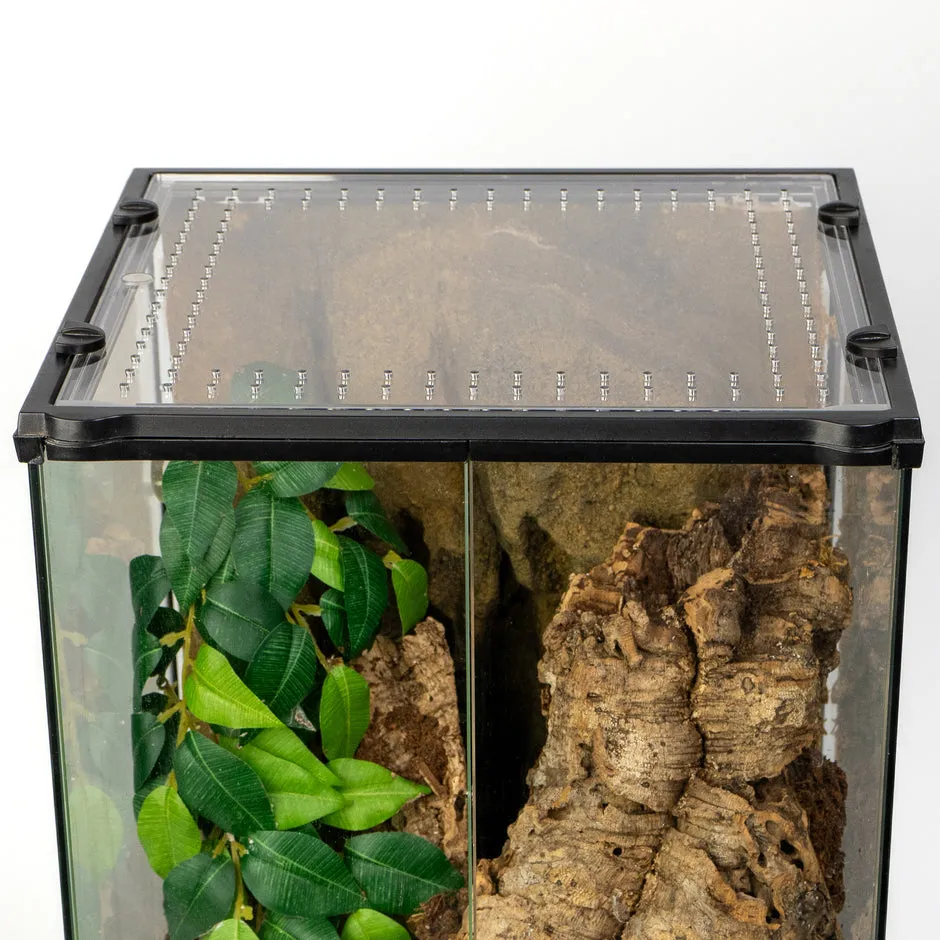
Tarantulas need a humid environment, but excessive humidity can lead to mold growth. Mold thrives in damp, poorly ventilated environments, and it can quickly become a serious health hazard for your tarantula. Adequate ventilation allows for air circulation, which helps to reduce the humidity levels and prevent mold growth. A well-ventilated enclosure maintains a healthy balance, minimizing the risk of fungal infections and other related health problems. Proper ventilation is vital for ensuring a healthy environment for the tarantula.
Best Ventilation Hole Placement
The placement of ventilation holes on the lid is crucial for achieving optimal airflow. Strategic placement of ventilation holes helps to ensure proper air circulation throughout the entire enclosure. Generally, ventilation holes are best placed near the top of the enclosure. This allows for the removal of stale, humid air and promotes the intake of fresh air. A well-designed lid will have ventilation holes that are appropriately sized and positioned to facilitate effective air circulation without compromising security or humidity levels. Ensure that the holes are small enough to prevent escapes.
Tip 4 Easy Access & Maintenance
The tarantula tank lid should be easy to open and close for feeding, watering, and general maintenance. A lid that is difficult to access makes routine tasks more challenging and increases the risk of accidental escapes or injury to the tarantula. Consider your maintenance needs when selecting a lid, and prioritize ease of use. Choosing a lid that is easy to access will ensure efficient tarantula care.
Hinged Lids vs Sliding Lids
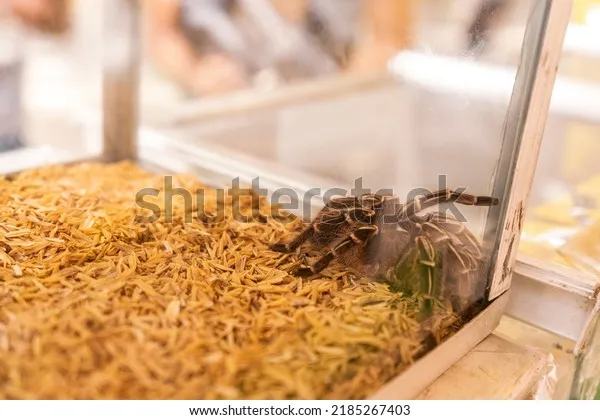
Hinged lids and sliding lids offer different advantages in terms of ease of access. Hinged lids often provide full access to the enclosure, making it easier to clean and maintain. They can be opened and closed quickly. However, they may require more space to open. Sliding lids can offer more limited access but are often more compact and space-saving. They can be easier to open and close in tight spaces. Consider your enclosure setup and your personal preferences when choosing between these options. Ultimately, the best lid is one that allows you to perform routine tasks quickly and safely.
Cleaning & Maintenance Considerations
Regular cleaning and maintenance of the tank lid are essential to ensure the health and safety of your tarantula. Accumulated debris, condensation, and dust can compromise ventilation and create an unsanitary environment. It is important to clean the lid regularly with a damp cloth and mild soap to prevent the buildup of harmful substances. Inspect the lid regularly for any signs of damage or wear and replace it as needed. Proper cleaning and maintenance will extend the life of the lid and create a healthy environment for your pet.
Tip 5 Preventing Condensation
Excessive condensation inside the tarantula enclosure can lead to mold growth, poor air quality, and health problems for your tarantula. Managing condensation is an important aspect of maintaining a healthy environment. Selecting the appropriate substrate, providing adequate ventilation, and regulating humidity levels are all critical steps in preventing condensation.
How to Manage Humidity Levels
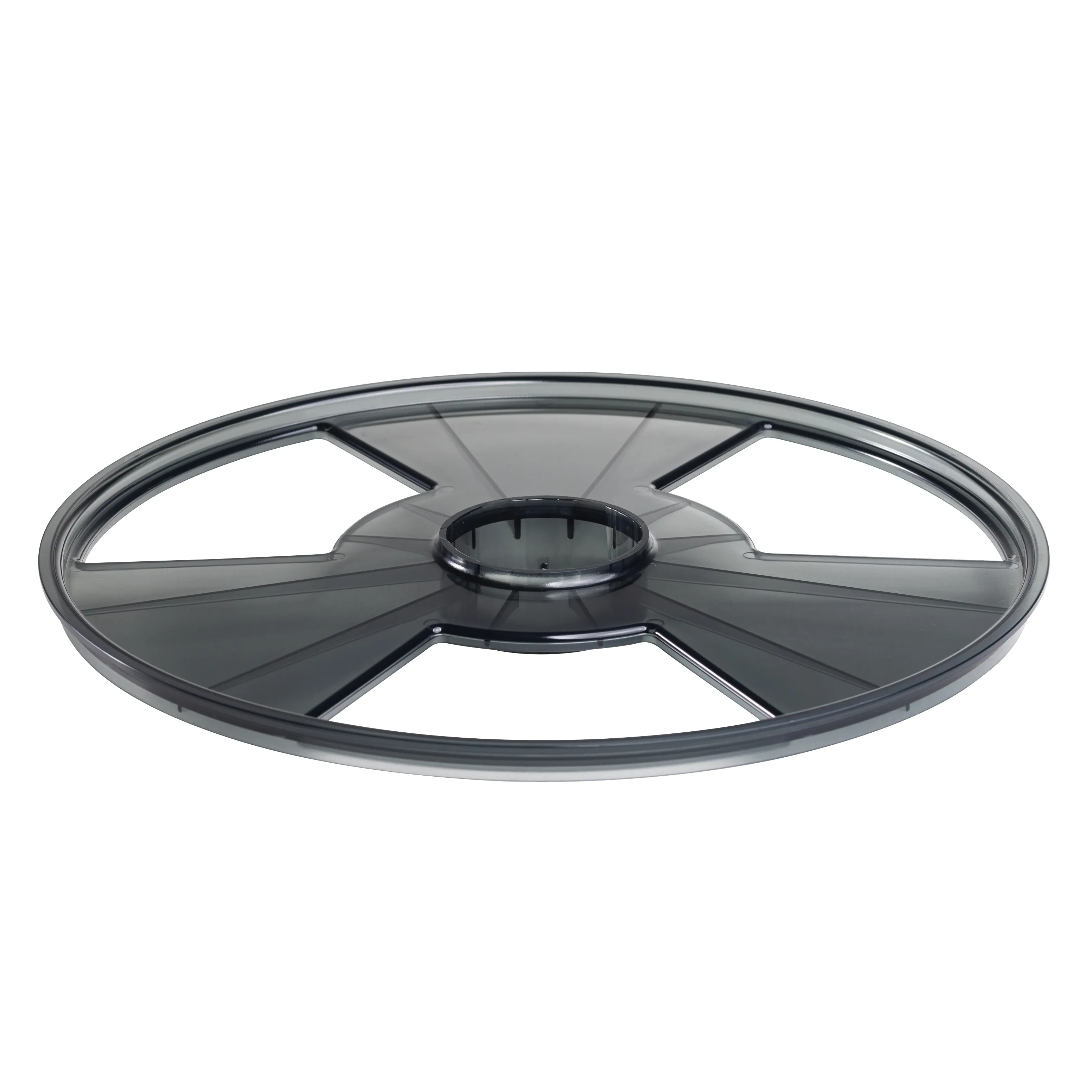
Tarantulas thrive in specific humidity levels. Monitoring and adjusting the humidity in your tarantula’s enclosure is essential. This can be achieved by using a hygrometer to measure the humidity and by adjusting the ventilation and misting frequency. Ensure your tarantula has fresh water. You can also adjust the substrate to help to control humidity. Avoid over-misting, which can create excessive condensation, and instead, aim to maintain a balanced environment that promotes the health and well-being of your tarantula.
Choosing the Right Substrate
The substrate you choose also has a significant impact on humidity and condensation. Substrates that retain moisture, such as coconut fiber or peat moss, can help maintain appropriate humidity levels. However, these substrates should also be well-ventilated to prevent excessive condensation and mold. Selecting the appropriate substrate can help regulate humidity levels and maintain a clean environment for your tarantula. Choose a substrate appropriate for the specific needs of your tarantula species.
In conclusion, choosing the right tarantula tank lid is a crucial aspect of responsible pet ownership. By following the top 5 tips outlined in this guide – ensuring security, selecting appropriate materials, prioritizing ventilation, considering ease of access, and preventing condensation – you can create a safe, healthy, and thriving environment for your tarantula. Remember that regular inspection and maintenance are essential for ensuring the long-term well-being of your pet. With the right lid and care, you can enjoy the unique experience of owning a tarantula.
